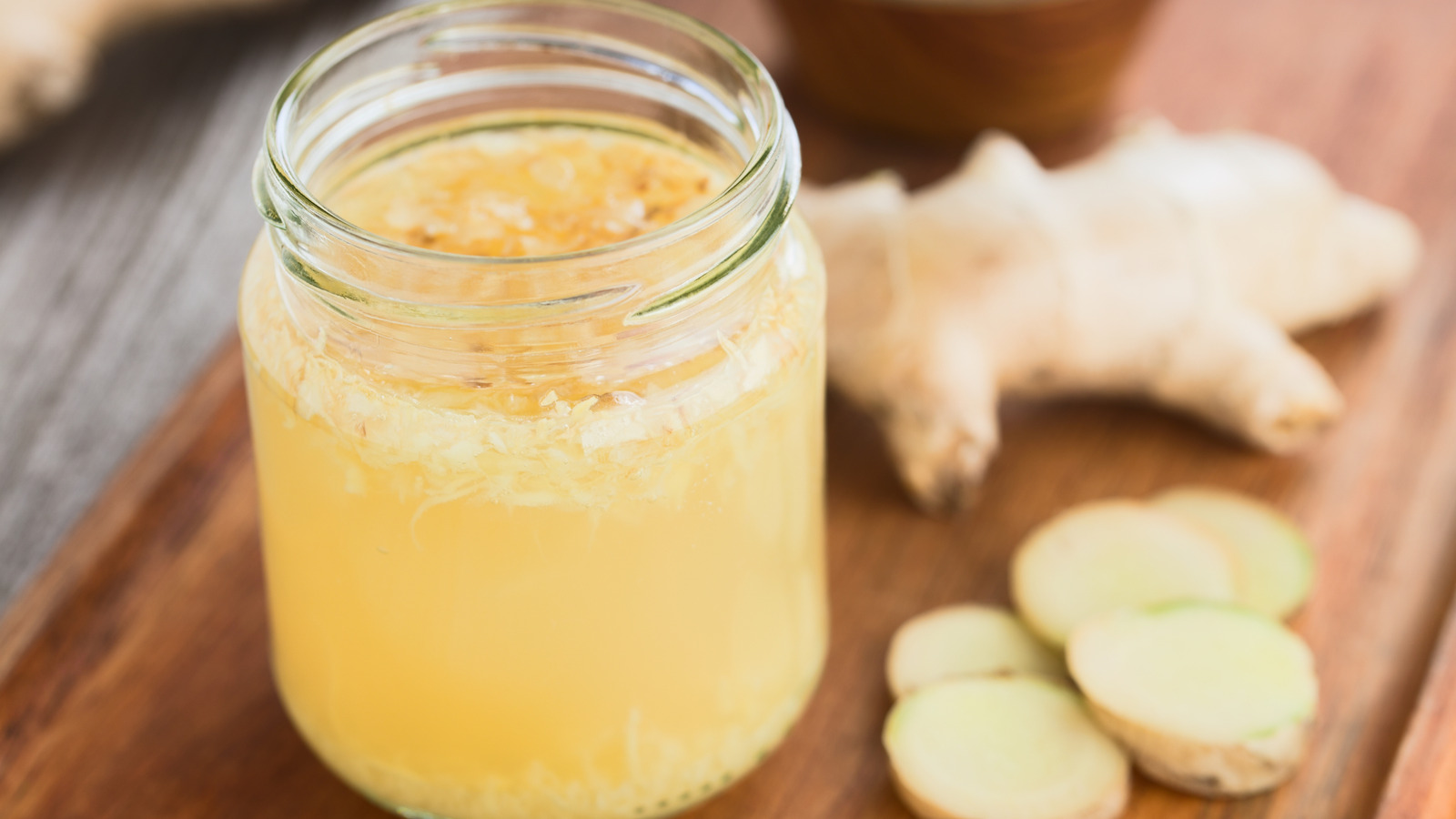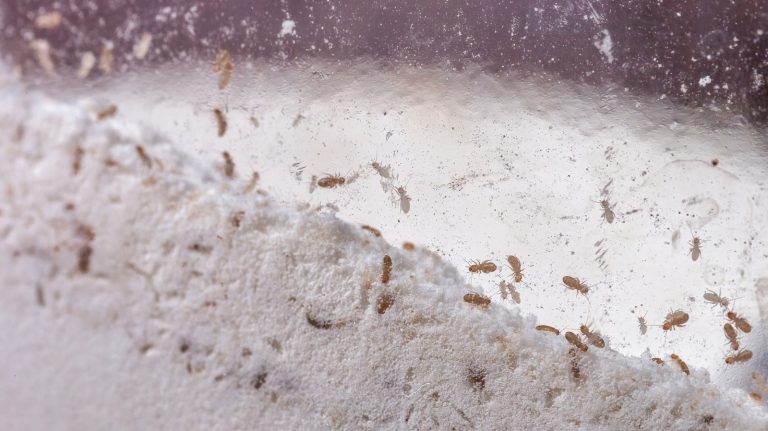Making ginger ale at home is easy, but without a ginger bug, your beverage won’t be naturally carbonated or have the complex, subtly tangy, sometimes yeasty flavor that fermentation provides it. A ginger bug is alive, but don’t worry; it’s not actually a bug. It’s a starter culture made with ginger, sugar, and water, and naturally filled with yeast and wild bacteria. It can be used to make fermented soda, tonics, herbal beer, or a carbonated lemonade. You can get creative with the type of drink you choose to make, but the throughline is that they will all have the signature bold, spicy flavor that only fresh ginger can bring.
Because of this, homemade ginger ale is an entirely different beverage than what you get from store-bought ginger ale brands. While some commercial ginger ale brands use real ginger, the amount and type used can vary. The syrup-boiling process in commercial brands can also diminish the beneficial nutrients found in fresh ginger root. Some companies opt to use ginger oleoresin, a concentrated extract obtained from ginger root. Though there’s nothing harmful about this extract, it doesn’t provide much ginger at all. And when it comes to packing a punch of ginger flavor, fresh is always best.
Think of the ginger bug as the equivalent of a homemade sourdough starter, but for making natural soda. It’s actually very easy to make and is a wonderful way to use up an excess of ginger in your kitchen, save money, and have a digestive tonic on duty for those days when someone in the house is hit with nausea or other digestive woes.
How to make a ginger bug
Making a ginger bug is so straightforward you will wonder why you ever opted for store-bought ginger ale. You need only three ingredients and a few minutes to spare for a few days as the fermentation process takes place. Combine equal parts sugar and chopped ginger in a jar, add it to a jar of water, and cover it tightly. Add the same amount of ginger and sugar every day (about ¼ cup or so) until the mixture starts bubbling and giving off a yeast-like aroma. It should also have a cloudy yellow hue to it, and the ginger will float to the top. Put your ear to the open jar, and you’ll hear a fizzy sound. Once you have established your ginger bug, put it in the fridge and use it whenever you want to make ginger ale or ginger beer.
Simple as the process may be, there are some important things to remember when making your ginger bug. Filtered water should always be used, as the chlorine in tap water can derail the yeast budding process. Secondly, organic ginger is preferable to non-organic. This is because conventionally grown ginger is often irradiated, and radiation destroys the natural yeasts and bacteria, making fermentation impossible.
The best part of using a ginger bug to make your own ginger ale is that you are in control of how gingery and sweet it is. Try experimenting with proportions until you find the ideal flavors for your natural soda, and never be caught rushing out for store-bought again.






